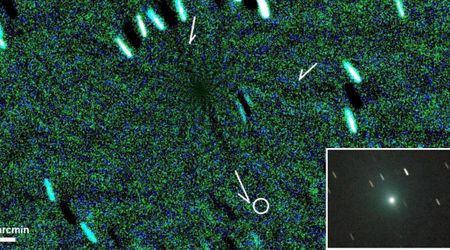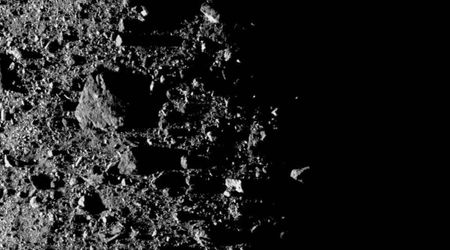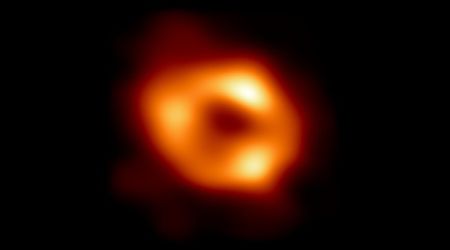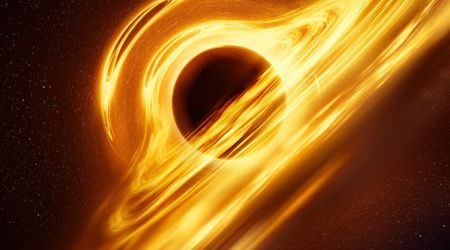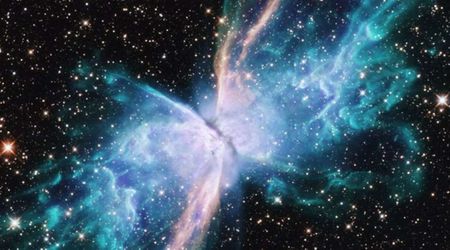U.S. Space Force accelerates advanced GPS rollout with May 30 SpaceX Falcon 9 launch

SpaceX is set to launch a critical Global Positioning System satellite, GPS III SV-08, for the U.S. military on May 30 from Canaveral Space Force Station in Florida. This mission, initially slated for United Launch Alliance's (ULA) Vulcan rocket, was reassigned to SpaceX's Falcon 9 to expedite the deployment of advanced anti-jamming capabilities. The urgency stems from increasing threats to GPS signals from both nation-state adversaries and commercial interference, as per SpaceNews.

This marks the second consecutive GPS III satellite mission awarded to SpaceX instead of ULA, with the previous one, GPS III SV-07, launching in December. The switch highlights the military's prioritization of rapid orbital deployment for these vital assets, especially as ULA's new Vulcan rocket has faced delays and accumulated a backlog of national security launches despite recently receiving certification.
Targeting Friday, May 30 for Falcon 9 to launch the @SpaceForceDoD’s GPS III-7 mission from Florida →https://t.co/QqEOsLw7fc pic.twitter.com/GQweU272S3
— SpaceX (@SpaceX) May 29, 2025
To achieve this accelerated timeline, Space Force officials collaborated closely with SpaceX and GPS manufacturer Lockheed Martin. This mission was executed on a breakneck schedule, with formal requests going to Lockheed Martin on February 21 and SpaceX on March 7, less than three months before liftoff. This expedited pace is highly unusual for national security launches, which typically require 18 to 24 months from contract award to launch. The swift action is a direct response to increasing threats against the Global Positioning System, which has seen a rise in jamming and spoofing from both hostile nation-states and commercial sources, per the publication. Colonel Andrew Menschner, commander of Mission Delta 31, emphasized the strategic importance of this rapid deployment, stating, “There are today 38 GPS satellites in orbit, 31 of which operate daily. We have a healthy redundancy in the constellation. But the addition of SV-08 allows the constellation to build resistance against those who would try to interfere with GPS signals.”

GPS III satellites represent the most advanced generation, offering nearly eight times the anti-jamming capability of their predecessors. These satellites also broadcast two crucial signals: M-code, a hardened signal exclusively for military use, and L5, a new civilian signal operating in a frequency band dedicated to aviation safety. With the launch of SV-08, there will be 26 M-code capable satellites and 19 broadcasting the L5 signal. The importance of these upgrades is highlighted by Menschner's comment that “over 1,100 commercial flights a day are impacted by GPS interference and jamming.” The full capabilities of M-code and L5 are expected to be unlocked with the delivery of the OCX (Operational Control Segment) ground system later this fall. This long-delayed but vital infrastructure will significantly bolster both defense operations and civilian aviation safety once it's online, as mentioned by the outlet.
A key factor enabling the Space Force's ability to quickly switch between launch providers for this critical mission was the inherent design flexibility of the GPS program. As Menschner explained, “We benefited first and foremost from the foresight of the GPS three program to be qualified on multiple launch vehicle providers.” He further highlighted the broader implications of this strategic planning, adding, “That’s a tremendous lesson learned that we’re passing on.” Menschner indicated that while this adaptability isn't typical across the entire national security space fleet, the GPS III program is setting a precedent for how to incorporate such crucial agility into future programs.

